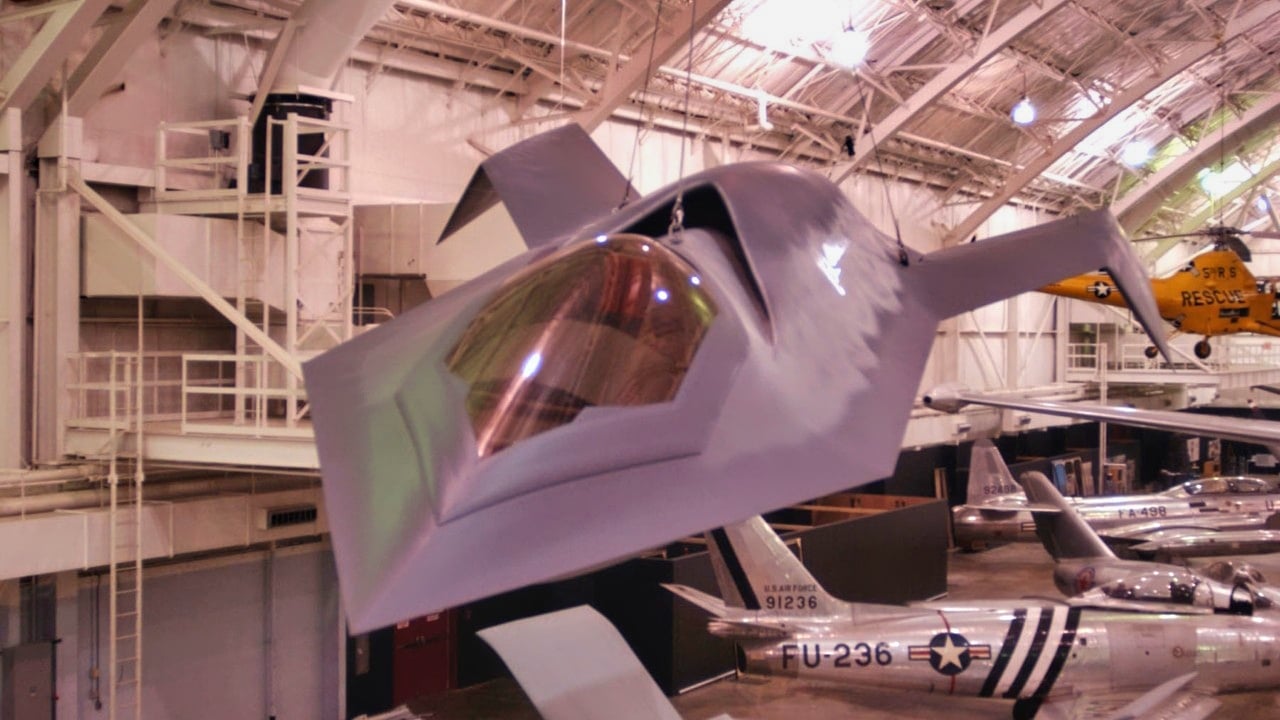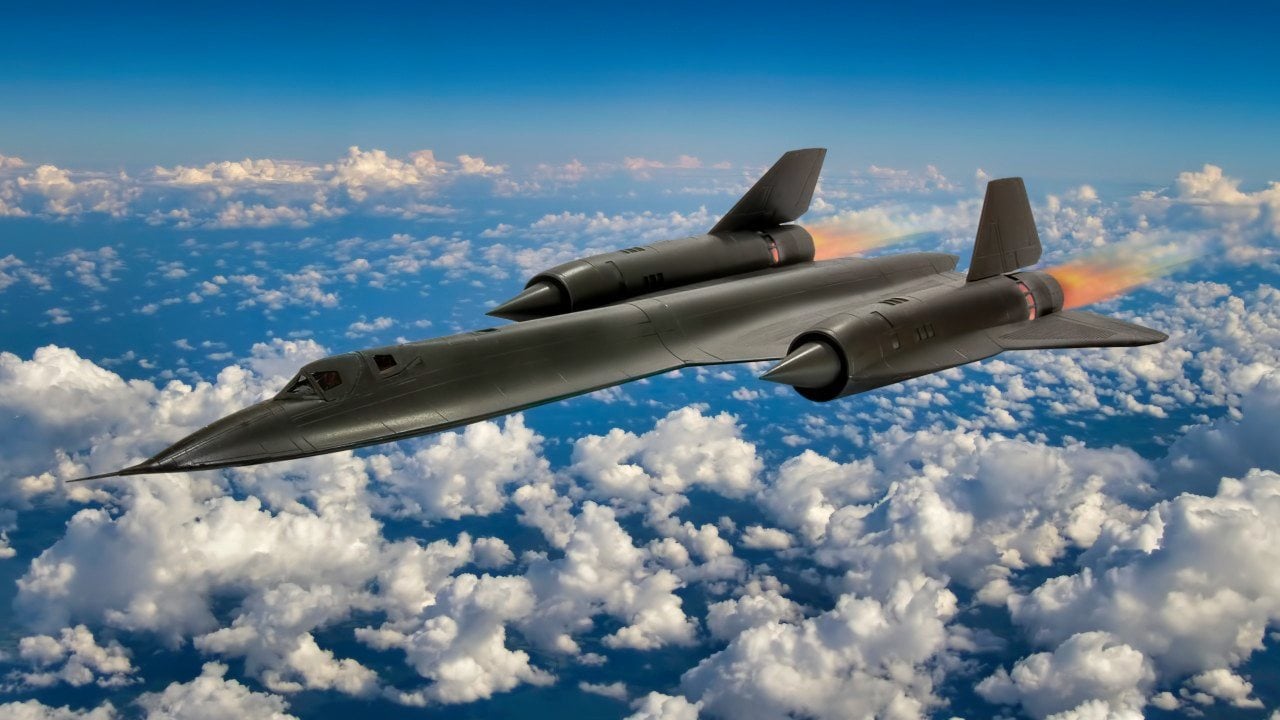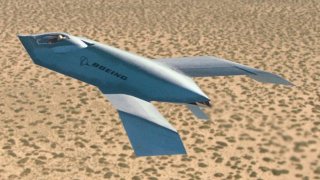YF-118G 'Bird of Prey': The Stealth Aircraft the History Books Have Forgotten
The Boeing YF-118G "Bird of Prey" was a unique aircraft designed as a stealth technology demonstrator in the 1990s. It might not be well known, but it clearly shaped the U.S. Air Force's thinking on stealth design.
Summary and Top Line Points: The Boeing YF-118G "Bird of Prey" was a unique aircraft designed as a stealth technology demonstrator in the 1990s.

-Operating out of Area 51 from 1992 to 1999, this $67 million black project featured an unconventional design with a forward bubble canopy, short, kinked wings, and a tailless fuselage.
-Despite its odd appearance and modest performance capabilities, the YF-118G played a crucial role in advancing stealth technology, influencing later designs like the F-35 Lightning II.
YF-118G: The Oddball Aircraft That Paved the Way for Modern Stealth
One of the odder aircraft designs to ever roll off an assembly line was the Boeing YF-118G, known as the Bird of Prey. The YF-118 was a “black project,” devised in the 1990s as a technology demonstrator for stealth characteristics.
At just $67 million, the project was cheap relative to other black projects of a similar scale. While only one YF-118 would ever be built (the aircraft was never intended for production), the YF-118G served as a bridge to the X-45 unmanned combat vehicle.
Remembering the Bird of Prey
The YF-118G program operated from 1992 to 1999, from exactly the location you’d expect to find such an alien-looking airframe: Area 51.
The aircraft fit the latest technology of the time into a fuselage shape that was frankly bizarre. Its leading edge looks like the tip of a spear. The bubble canopy sits aggressively forward. The air intake is chevron-shaped and located directly behind the cockpit.
The wings are so short that they look more like horizontal stabilizers. They are set to the rear of the fuselage, only with dramatic kinks causing the structure to resemble the wings of a bird in flight, crooked at the elbow. The airframe is tailless. The thing doesn’t look like it’s capable of stable flight – it looks like something that would require computer correction to fly. Yet the YF-118 was somehow aerodynamically stable enough to fly unassisted, thanks to a chine that calls to mind the SR-71 Blackbird.

Still, despite being aerodynamic enough to fly without computer correction, the YF-118 did not handle all that well. It was not built for its handling. No, the YF-118G was built “to carry the military’s demand for reliable, next-generation stealth technology into the next century,” wrote Brandon J. Weichert, which “is precisely what the YF-118 did, and it continues to be heralded by aviation enthusiasts and Air Force aficionados as a groundbreaking plane.”
Flight Characteristics of the YF-118GF Bird of Prey
The YF-118 wasn’t built to be a speedster, either. With a top speed of just 300 miles per hour and a ceiling of just 20,000 feet, the YF-118 would have had trouble keeping up with some turboprop models. It did feature a jet engine: a Pratt & Whitney JT15D-5C turbofan engine capable of providing 3,190 pounds of thrust.
More important, the YF-118 successfully demonstrated the evolving stealth technology that would emerge in time for the 21st century.

“There is no doubt that today’s F-35 Lightning II incorporated critical lessons learned from the YF-118G into its overall design,” Weichert wrote.
So while the YF-118 was never mass-produced, the odd-looking aircraft’s legacy lives on in many of the stealth aircraft that have come since.
About the Author: Harrison Kass
Harrison Kass is a defense and national security writer with over 1,000 total pieces on issues involving global affairs. An attorney, pilot, guitarist, and minor pro hockey player, Harrison joined the US Air Force as a Pilot Trainee but was medically discharged. Harrison holds a BA from Lake Forest College, a JD from the University of Oregon, and an MA from New York University. Harrison listens to Dokken.
All images are Creative Commons.


